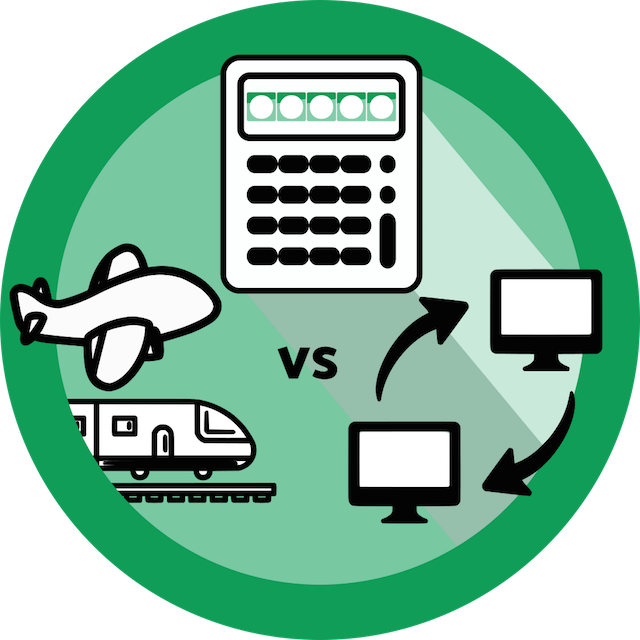
It’s often assumed that moving an event online will produce less CO2 than an equivalent one held in person, but just how true is this? Research by RemotelyGreen so far suggests it can reduce emissions by 96%, but this depends on the length and location of the in-person event, and how far people have to travel, while computing hardware and server power can have sizeable implications for online events, particularly if the power doesn’t come from a sustainable source. Can we turn RemotelyGreen’s simple case study into a functioning model that can help encourage people understand the benefits or impacts of moving their event online?
A baseline open-source model that can receive inputs about the type of event (number of people, duration, types of activities (video, audio, screen sharing (?), VR (?)), and types of equipment used by each person and produce an estimate for the carbon footprint of such an event.
Identification of good sources of input datasets (i.e. accuracy, completeness, consistency, timeliness, validity, uniqueness, temporal, geographical and technology coverage) on which to develop and validate the model.
A way to represent the online event footprint in terms of an in-person event or equivalent environmental metric
Mathematical modelling, climate / environmental science, (bonus: programming in python or javascript)
Draft python program: https://github.com/benkrikler/video-conf-calculator [1]
.. which was based on this paper: http://www2.eet.unsw.edu.au/~vijay/pubs/jrnl/14comcomVC.pdf [2]
This report from 2010 for some thoughts: http://repository.jisc.ac.uk/5543/1/hgwmvc-final-report-amended.pdf [3]
